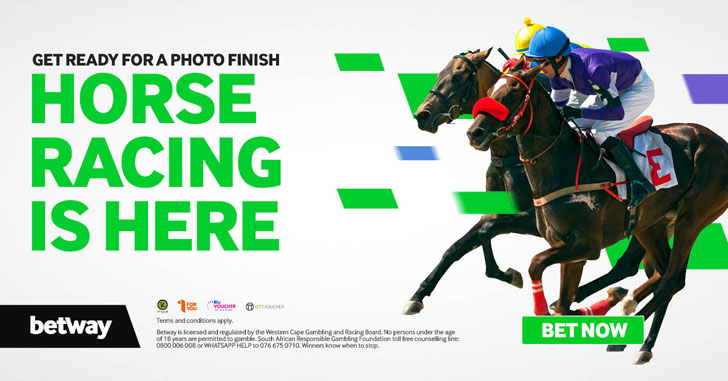Image copyright: Getty Images
Studying a horse’s form for any selected race depends on your form guide of choice. In the United Kingdom, the daily Racing Post publishes detailed race form for every meeting, in print and online. In the United States, The Daily Racing Form is the popular choice in print and online. In South Africa, the 50-year-old form guide Computaform is the choice of most serious punters for its depth of detail, though it is presently only available online. Winning Form is the only printed form publication, while the websites tabgold.co.za and gallop.co.za have online offerings.
While the formats for the different publications differ in printed and online versions, the basics are more or less the same, though your American form guides may differ in certain aspects, where they may refer to exercise gallops as “breezing”; blinkers as “cups”, “scoops” and so on. Most publications have abbreviated codes for the different form aspects, such as “NO” or “SC” for the horse’s number in a race, or “BL” for blinkers.
The basics to look for are:
- NO or SC: Saddle cloth number – The number of the horse in a race
- DR: The barrier draw of the horse, i.e. the stall gate he starts from - 1- 20 plus, depending on number of runners
- WGHT: The weight that is carried by the horse, combining the weights of the fully kitted jockey and saddle. This can be shown in kilograms of LB (pounds).
- JOCKEY: The jockey booked to ride the horse
- TRAINER: The individual who trains the horse.
- MR: The official Merit Rating of the horse, determined by past performances. The higher the rating, the better the horse is adjudged to be. In the UK, “RP(R)” may indicate Racing Post Racing, and TF(R) will indicate Timeform Rating.
- SHOES: The shoes a horse is carded to run with, e.g. “A” for aluminium shoes, “S” for steel shoes.
- HEADGEAR OR EQUIP: This indicates the additional equipment fitted to a horse for a race, e.g. blinkers (BL), or Cheek Pieces (“CP”). Check your localised form guides for localised abbreviations.
- PED: This, when used, will indicate the pedigree of the horse concerned, and it’s normally published alongside the age and colour of the horse. A three-year-old bay colt by stallion Frankel from the mare Enable would be read as, 3 b c Frankel – Enable.
- EARN: The lifetime earnings of the runner, and in some cases average earnings per runner, are reflected.
- FORM ABBREVIATIONS: Codes (differing between race cards) indicate the factors attached to a horse’s previous runs, and may include a short, informative comment at the end of each previous run. Here you can expect a DATE, COURSE, CLASS, DISTANCE, JOCKEY, WEIGHT, TIME, BETTING AND FINISH column, most also reflecting the “LBH” (lengths behind the winner), or WON BY (lengths between the winner and the second horse).
Bettors are normally able to adjust between different form guides with relative ease, as the fundamentals stay the same for current races carded, or historic performance charts, as indicated.
Horse racing betting at Betway
Make sure you back the right silks and don’t get boxed in, Betway brings you the latest in Horse Race betting. Find competitive odds and markets when you bet on the horses at Betway.

Get in on horse racing today and place your bets on horse racing at Betway.
If you need any assistance, contact us on 0861 787 250 and if you need help placing your first bet, have a look at our How To Bet guide.
Sign up now to kick off your sports betting journey with Betway.
For all the latest sports news, betting tips and promotions follow Betway on Facebook, Twitter, Instagram and YouTube. Download the Betway App.